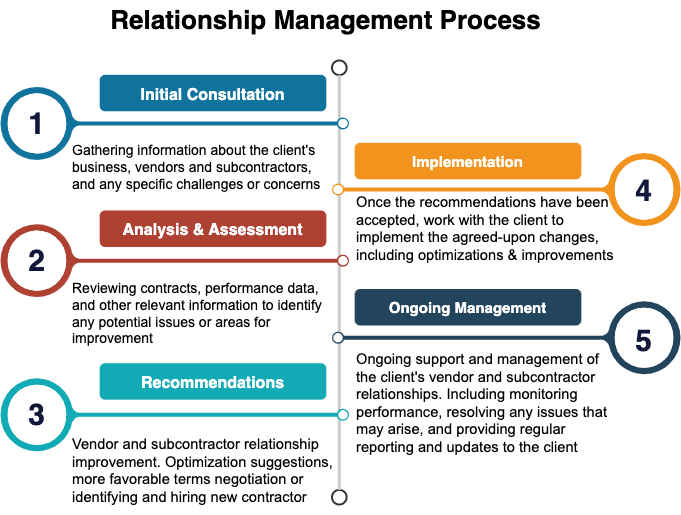Scrum/XP
Scrum/XP (Extreme Programming) is a hybrid approach to software development that combines the Scrum framework with the principles and practices of Extreme Programming (XP).
Scrum is an agile framework for managing work, with a focus on delivering high-value, working software quickly and efficiently. XP is a set of principles and practices for software development, with a focus on delivering high-quality, working software that meets the needs of the customer.
Scrum/XP combines the best practices of both Scrum and XP, and offers several advantages over either approach alone. For example, Scrum/XP combines the flexibility and adaptability of Scrum with the focus on quality and customer satisfaction of XP, to provide a more comprehensive and integrated approach to software development.
The core principles of Scrum/XP are:
Take an agile and customer-focused approach: Scrum/XP combines the principles of agile and XP, with a focus on delivering high-value, working software quickly and efficiently, and meeting the needs of the customer.
Emphasize collaboration and communication: Scrum/XP emphasizes the importance of collaboration and communication between teams, stakeholders, and customers, and includes practices and tools to facilitate this collaboration.
Foster continuous learning and improvement: Scrum/XP encourages a culture of continuous learning and improvement, with a focus on experimentation, innovation, and adaptation to changing business needs and conditions.
Use iterations and increments: Scrum/XP uses iterations and increments to deliver working software quickly and efficiently, with a focus on delivering high-value work early and often.
Practice pair programming and test-driven development: Scrum/XP uses pair programming and test-driven development to improve code quality and reduce defects, and to involve the whole team in the development process.
Empower teams and individuals: Scrum/XP empowers teams and individuals to take ownership of their work, make decisions, and continuously improve their processes and practices.
By following these core principles, teams can apply Scrum/XP to develop high-quality, working software that meets the needs of the customer, and to do so quickly and efficiently.
When To Choose Scrum/XP
It is a good approach to use in situations where you need to deliver high-quality, working software quickly and efficiently, and where you need to involve the whole team in the development process.
Some common situations where Scrum/XP might be a good choice include:
Projects with tight deadlines or where time to market is critical
Projects with complex or rapidly changing requirements
Projects with a high degree of uncertainty or risk
Projects that require a high degree of collaboration and communication
Scrum/XP is particularly well-suited to projects with well-defined requirements, where the team can adapt to changes quickly and efficiently. It is also well-suited to projects where collaboration and communication are important, and where the team needs to work closely with stakeholders and customers.
Scrum/XP is not well-suited to projects with highly complex or uncertain requirements, where the team needs more structure and guidance to navigate the complexity and uncertainty. In these cases, a more structured and disciplined approach, such as SAFe® (Scaled Agile Framework), may be more appropriate.
Scrum/XP pros and cons
Pros:
Scrum/XP promotes collaboration and communication, as it encourages regular meetings and discussions among the development team.
Scrum/XP allows for flexible planning, as it allows teams to adjust their priorities and plans based on changing circumstances or new information.
Scrum/XP emphasizes the use of agile and lean principles, which can help teams to quickly identify and address problems and improve the overall quality of the software.
Scrum/XP provides a clear framework and set of roles and responsibilities, which can help to ensure that the development process stays on track and is successful.
Cons:
Scrum/XP can be difficult to implement, as it requires a clear understanding of the workflow and the dependencies between tasks.
Scrum/XP can be time-consuming, as it requires regular meetings and updates to the project plan.
Scrum/XP can be challenging to manage, as it involves coordinating the efforts of multiple teams and stakeholders.
Scrum/XP can be complex, especially for organizations with large and legacy systems, which can make it difficult to implement and maintain.
People Also Viewed










